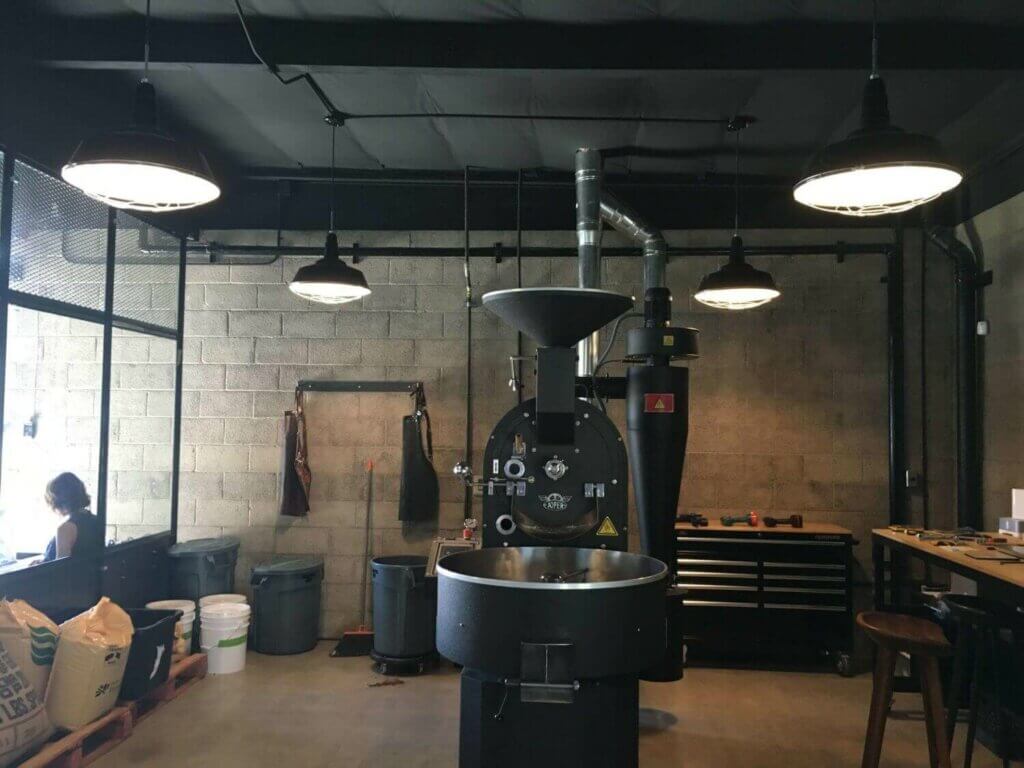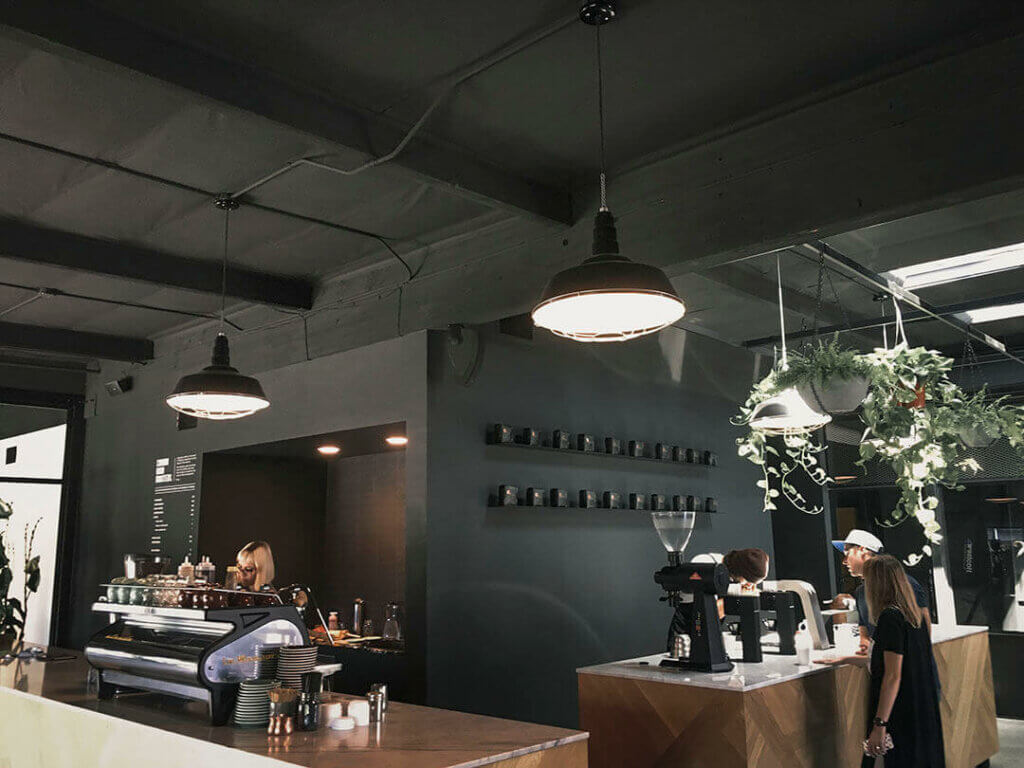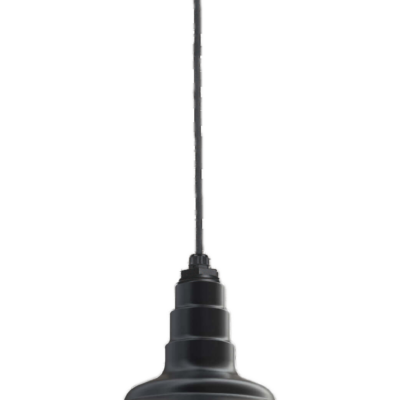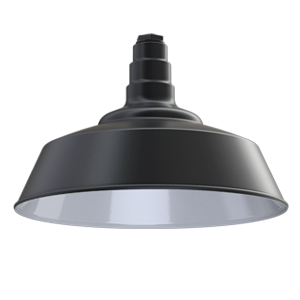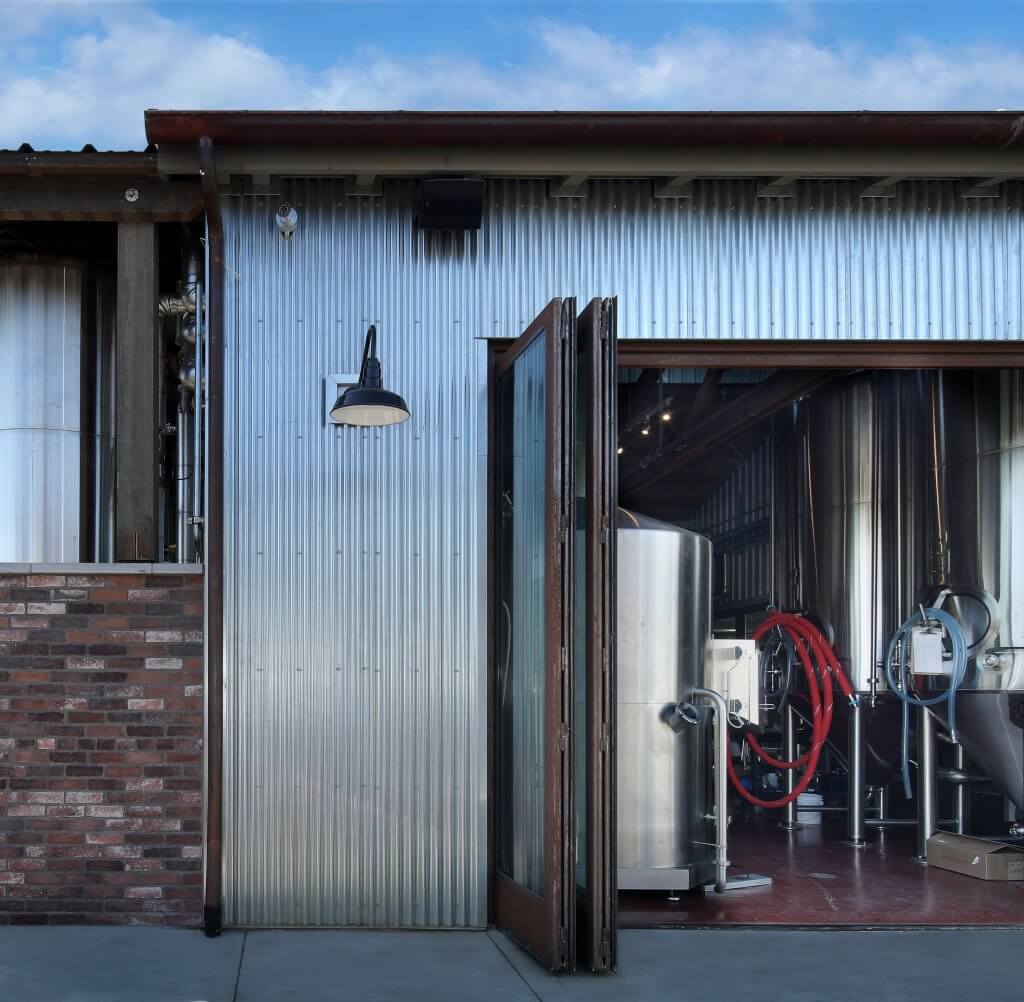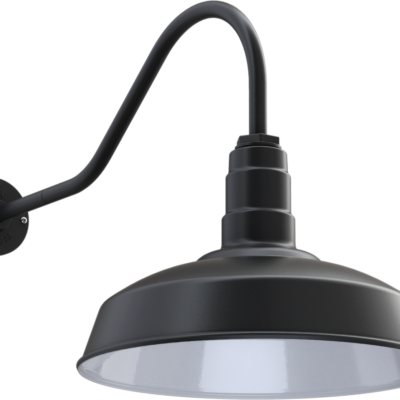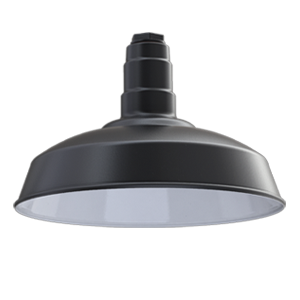Your cart is currently empty!
Commercial Lighting for Your Business: A Guide
Commercial lighting seems like an industry that is seemingly in constant change. From multiple, ever-changing regulations to questions over energy-saving solutions and power management, it seems like the average business owner is hit from multiple angles when it comes to something as seemingly simple as keeping the lights on.
It’s a lot to handle and something that can sway the performance of employees and consumers alike. As a result, we’ve made this handy guide to advise the methods and trends in commercial lighting and how Steel Lighting Co. can help.
Commercial Lighting Design and Layout
As we said before, good commercial lighting isn’t just about making sure people can what they’re doing; it’s about creating an environment that encourages the productivity and satisfaction of employees and consumers alike.
Ideal lighting should create a “workforce-centric” atmosphere for employees if you’re running a warehouse or large building of employees while also adapting to the type of work completed in the building. For example, critical lighting standards are more important in an environment where employees engage with heavy machinery; thus, the lighting’s brightness and clearness are much more focused than the lighting of an environment where employees would engage with customers and clients.
When considering upgrading, or installing new, lighting on a commercial scale, it’s important to try and answer the following questions first:
- What type of room are these lights being used in?
- What is the main function of the room?
- What sort of brightness is needed?
- How long will these lights be on for each day?
- How much lighting is, or can be, achieved naturally?
There are no wrong answers to these questions and are primarily designed to make sure you know exactly what style of light you may need for your space. For example, if operating a warehouse, a larger, more expansive light fixture, such as our Manhattan ceiling light, would be a far more appropriate option than our brilliant but ultimately much smaller Inglewood.
Conversely, when lighting your space for an optimal customer or client engagement, a smaller, less intrusive light – like our wall-mounted Hollywood Bowl design, would be much better suited to the task.
Measure Twice, Light Once
How many lights you have in your space is also an important question. Overlighting, much like underlighting, can be detrimental to your commercial space, and fitting too many fixtures in your building can have some harsh effects on employees. So making sure you’ve made the right calculations for the number of lights you need is critical.
Of course, it’s never as simple as “just figuring it out,” and as a result, there’s a bit of science to the idea. Lighting in a space is often measured in terms of “foot-candles” or the number of Lumens per square foot.
As stated above, different spaces have different needs in this respect, so the number of foot-candles changes too. As light comes out of a fixture in a cone-like fashion, expanding outwards from the lights source, height becomes a massive part of these calculations, as the higher the light, the more ground it can, at least in theory, cover.
The recommended number of foot-candles for a variety of space are as follows:
- Retail: 50 foot-candles
- Department Store: 40 foot-candles
- Autoshop: 50 foot-candles
- Classrooms: 40 foot-candles
- Factories: 30-100 foot-candles
- Hallways: 20-25 foot-candles
- Warehouse: 10-30 foot-candles
To calculate the amount of light you’d need, multiply the space’s total square footage by the suggested number of foot-candles and then divide that number by the lumen output of the fixture you wish to use.
For example, say you have a retail space that is 50-by-64 feet wide, or 3200 square feet, with a 16ft high ceiling. Our Manhattan ceiling light fixture is 300 watts, or approximately 27000 lumens, when using an LED lightbulb.
Using the equation above, we find that we need approximately 6 light fixtures to light the space adequately. As you can see, with a couple of easy calculations, figuring out how many lights you might need for a commercial space can be a relatively easy task.
Of course, if we wanted to use a smaller fixture, such as the Steel Lighting Co. Gardena wall-mounted steel light, we’d have to redo the calculation due to being only 200 watts by comparison. Depending on your type of space or the type of atmosphere you want to achieve, having more smaller lights may be more preferable to larger lights. So it’s worth it to mix and match depending on what you’re hoping to achieve.
Saving Your Energy
Commercial lighting is going through something of a “grand change” in the industry. This is primarily because LED lighting emerged as a real alternative to traditional bulb and fluorescent lighting solutions.
LED lighting also has a few key advantages over the “old guard” of filament lighting. For one, it’s often cheaper in the long run, despite the relatively higher amount spent initially. Even better, LED lighting is often safer, with LED bulbs being much less likely to explode from a power surge or by a compromise in the glass’s integrity. This can be a major note for commercial spaces that deal with flammable components.
Of course, if you’re not about the LED life, then there are different approaches one can take. Saving energy has multiple solutions and, with lighting, being able to calculate the number of hours your lights will be on can be a key solution. Investing in occupancy sensors can be key in this regard. When it comes to lighting the exterior of your commercial space, occupancy sensors can be easily replaced by dusk-to-dawn or photocell sensors.
With Steel Lighting Co., all of our wall-mounted light options can be fitted with an additional photocell sensor, making them an excellent option for those wanting to maintain total energy efficiency over their lights.
Commercial lighting can be an absolute minefield of decisions that can often overwhelm the uninitiated. However, taking the time to plan out your own lighting for your space adequately can be a hugely rewarding experience that can ultimately save you money in the long run with the right kind of choices.
If you need help making those choices, contact the friendly folks at Steel Lighting Co.; our experts would be more than happy to give some advice and recommendations on what kind of steel barn light can best suit your commercial needs.
